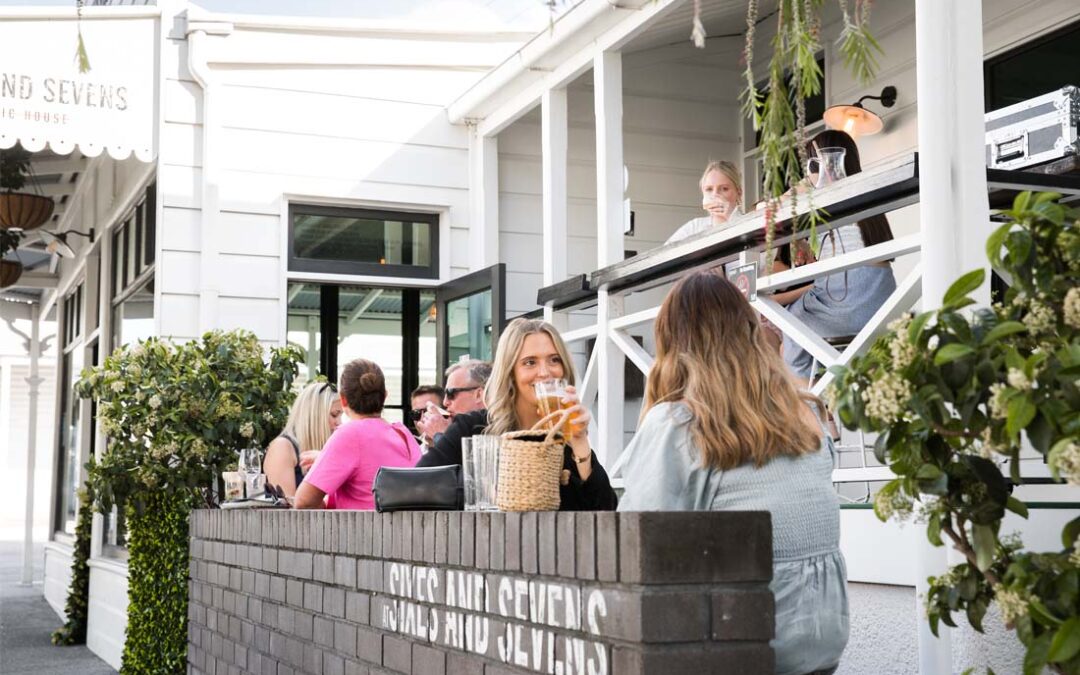
It’s on! First home loan deposit schemes open for applications
If you’d like to buy your first home with just a 5% deposit and pay no lenders mortgage insurance (LMI), then you better act quick, as thousands of first home buyers are expected to rush to apply for the limited spots up for grabs.
And if you’re a single parent with dependent children, a similar scheme now allows you to purchase a home with just a 2% deposit without paying LMI, regardless of whether or not you’re a first home buyer.
In total, there are three federal government schemes that each released a fresh round of 10,000 spots on July 1.
Below we’ll unpack each of the schemes.
The First Home Loan Deposit Scheme (first home buyers)
The First Home Loan Deposit Scheme (FHLDS) allows eligible first home buyers with only a 5% deposit to purchase a property without forking out for LMI.
This is because the federal government guarantees (to a participating lender) up to 15% of the value of the property purchased.
Not paying LMI can save buyers anywhere between $4,000 and $35,000, depending on the property price and deposit amount.
As with the other two schemes below, there are just 10,000 spots available for this scheme this financial year – and in previous years they’ve been allocated within a few months. So you’ve got to get in quick!
The New Home Guarantee scheme (first home buyers)
The New Home Guarantee scheme allows eligible first home buyers to build or purchase a new build with a 5% deposit.
All in all, it’s a fairly similar scheme to the FHLDS.
One of the key differences, however, is that the property price caps are higher (see here), to account for the extra expenses associated with building a new home.
The Family Home Guarantee scheme (single parents)
The new Family Home Guarantee allows eligible single parents with dependants to build or purchase a home with a deposit of just 2% without paying LMI.
Unlike the two schemes above, you don’t have to be a first home buyer to qualify for this scheme.
Here’s a quick example of how it works.
John is a single parent with two young sons, Chris and David. John has found the perfect home for $460,000 but has struggled to save enough for the standard $92,000 deposit (20%) required while paying rent.
However, with the Family Home Guarantee, and on the success of his application with a lender, John could move into his dream home sooner, with just a $9,200 deposit (2%).
Get in touch today
With the three no-LMI schemes now open, we can’t stress enough the importance of applying for them as soon as possible to avoid disappointment.
In recent years the 10,000 spots in the FHLDS have been snatched up within a few months, and we’ve had more than a few hopeful applicants reach out to us when it’s too late.
So to help avoid disappointment, get in touch with us today and we can help you determine which scheme is most suitable for you, and then help you apply for finance with a participating lender.




